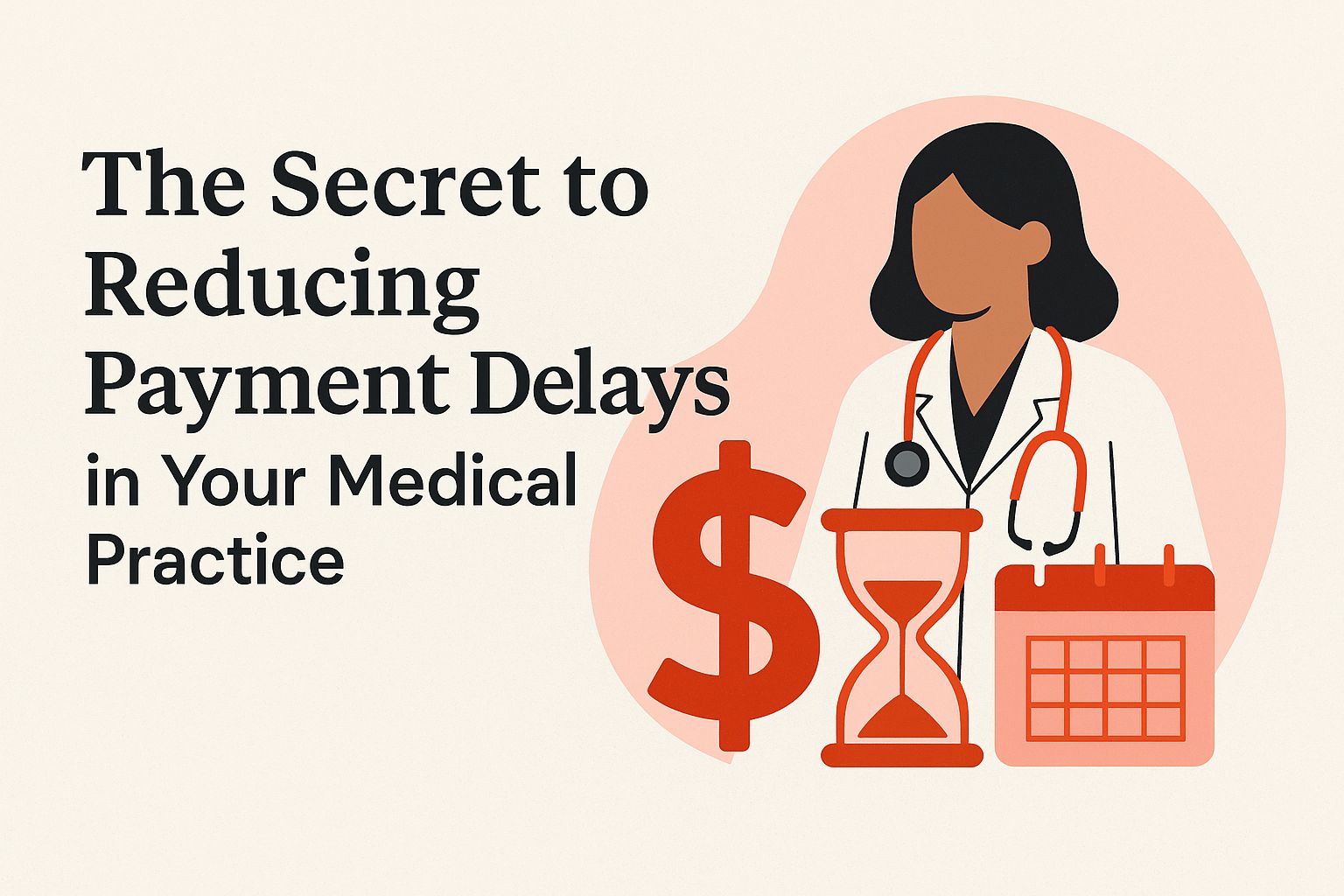
The Secret to Reducing Payment Delays in Your Medical Practice
Payment delays can feel like a constant shadow over your medical practice. Paying on time is important to keep your money moving and your business functioning well. In this guide, you’ll learn common reasons for these delays, effective strategies to handle them, and how to use technology for better payment processes. Prepare to improve how you manage billing and keep your practice successful!
Importance of Timely Payments
Timely payments cut down on paperwork and increase patient satisfaction. This lets practices use their resources well and concentrate on providing care, improving financial management and healthcare funding.
When healthcare providers get paid quickly, they can use the money to improve patient services, leading to better patient satisfaction.
Research shows that practices improving their billing systems can see patient feedback scores rise by up to 20%.
Utilizing electronic billing systems like Claimocity or Kareo can dramatically speed up collections and improve accounts receivable management.
Having clear payment policies informs patients about their financial duties and clears up any uncertainty, leading to smoother and faster payment processes.
Overview of Common Payment Delays
Common payment delays stem from a variety of issues, including administrative errors, payer-specific challenges, and inadequate patient communication.
These delays are prevalent in the healthcare sector, with administrative errors alone accounting for up to 30% of claims being unpaid or denied. For instance, incorrect patient demographics can stall payments.
Healthcare providers should use correct data entry techniques and tools like eligibility verification software to solve this problem. Clear communication with patients about their insurance can reduce confusion.
Reviewing claims frequently and establishing a system for follow-ups can prevent hold-ups and lead to fast reimbursements, thereby enhancing workflow optimization. Worth exploring: How Medical Billing Services Help You Get Paid Faster in 2025.
Understanding Payment Processes
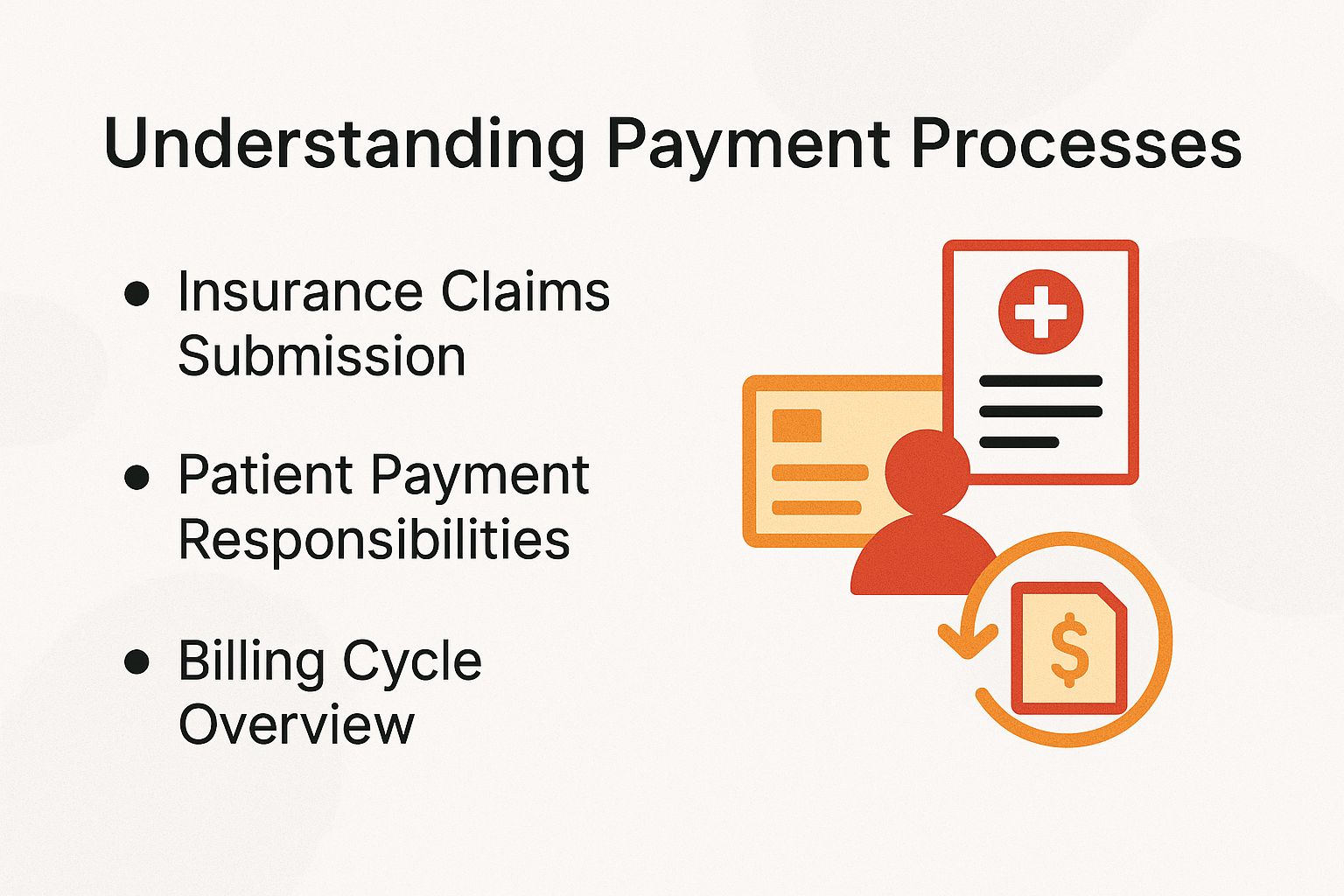
Knowing how payment works in healthcare is important to avoid delays and keep financial tasks running smoothly, ensuring continuity in practice management and service billing. To get a more comprehensive understanding, our deep dive into the medical billing process provides valuable insights from patient registration to final payment.
Insurance Claims Submission
The process of submitting insurance claims usually involves checking if the patient is eligible, correctly coding the services, and sending claims electronically within 48 hours.
Use ClaimXpert for correct coding, making the steps easier. It follows industry rules and cuts down on mistakes, improving the accuracy of medical coding.
- Next, use electronic submission tools like Availity or Office Ally, which make it easier to send and follow-up on claims quickly.
- It’s important to check patient eligibility using a tool like Credence before sending claims, as this can greatly reduce rejections and improve insurance reimbursement rates.
- Try to finish these steps within 48 hours to get reimbursements on time and prevent cash flow delays.
Patient Payment Responsibilities
Educating patients about their financial responsibilities can significantly reduce payment delays and improve collection rates, leading to better patient engagement and adherence to payment terms.
Healthcare providers can use various methods to improve knowledge.
- First, offer detailed, easy-to-read financial estimates before procedures; tools like ClearCost or similar services can help generate these estimates.
- Second, establish flexible payment plans that accommodate various financial situations, allowing patients to spread costs over manageable periods.
- Think of financial counseling as a combined service that gives patients expert advice on handling their healthcare costs.
These methods help patients by providing clear information, allowing them to understand and choose wisely about their financial responsibilities, thus enhancing patient pathways and promoting financial sustainability.
Billing Cycle Overview
Knowing every part of the billing process-from providing services to getting paid-can help improve cash flow and shorten the time it takes to receive payments, boosting practice earnings and strengthening financial security.
The billing cycle usually includes a few important steps.
- Start by offering service, ensuring your products or services are properly tracked.
- Afterward, send out invoices quickly. Using tools like QuickBooks or FreshBooks can handle this task automatically, which helps minimize mistakes.
- Next, set a clear schedule for receiving payments, preferably within 30 to 45 days, and send follow-up emails to remind them.
- Regularly review outstanding invoices to identify patterns in overdue payments and adjust your strategies accordingly.
This setup improves how work gets done and helps build stronger connections with clients.
Identifying Causes of Payment Delays
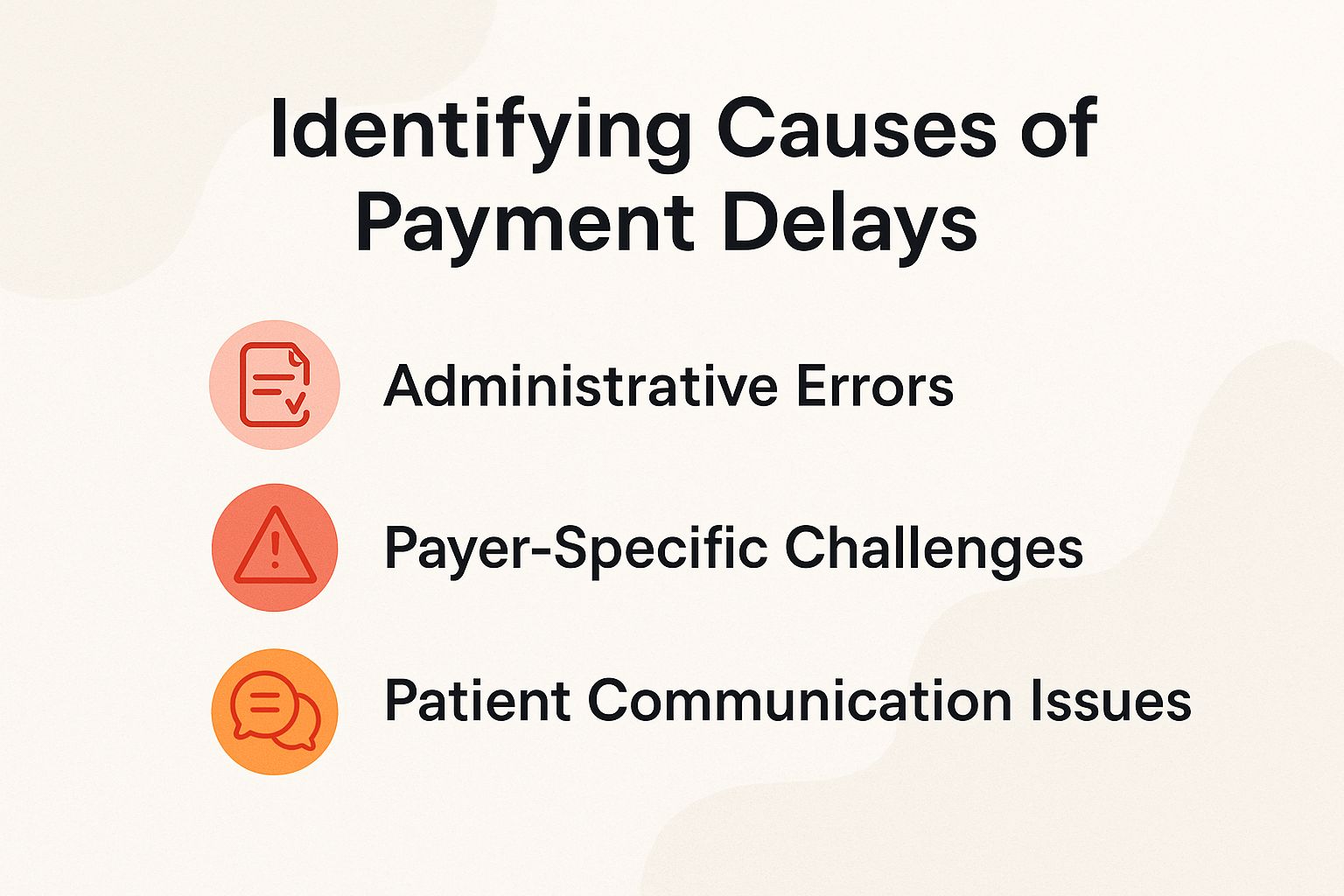
Understanding the reasons for late payments enables healthcare providers to address issues promptly, enhancing their ability to manage revenue. This leads to more reliable income estimates and greater accuracy in claim submissions. This approach aligns with the principles outlined in our analysis of Best Medical Billing Service Companies of 2025, where optimizing billing practices is key.
Administrative Errors
Administrative errors, such as incorrect patient information or coding inaccuracies, account for nearly 30% of claim denials, leading to significant revenue loss and necessitating effective claims tracking.
Using billing software like AdvancedMD can make the process easier and more efficient. AdvancedMD handles data entry and coding checks automatically, cutting errors by up to 40%.
Training staff on proper data collection techniques can further minimize mistakes. Regularly reviewing payment methods can help identify recurring problems and make bill processing better.
When combined, these strategies can significantly decrease claim denials, enhancing revenue cycle management and strengthening healthcare revenue streams.
Payer-Specific Challenges
Different insurers present unique challenges, often requiring specific documentation and timelines, which can lead to payment delays if not understood.
For example, Medicare usually needs detailed notes to approve services, while private insurers such as Aetna may focus more on pre-authorization, highlighting the need to know payer contracts and insurance networks.
Tools like Zirmed can make working with payers easier by automatically keeping track of claims and reports. Consider integrating Zirmed with your practice management software to monitor claim statuses in real time, reducing the time spent on follow-ups.
Developing a checklist for common payer requirements can help staff quickly reference the necessary documentation, minimizing delays and ensuring smoother claims processing.
Patient Communication Issues
Poor patient communication often results in confusion about financial responsibilities, contributing to delays in payments, with up to 25% of patients unaware of their dues, thus impacting patient satisfaction levels.
To make communication better and avoid late payments, try using tools like Solutionreach. This tool sends messages to remind patients about appointments and payment notices.
Use patient portals that allow individuals to review their bills and make payments online. Communicate financial policies clearly during appointments and use follow-up calls or emails to make sure people understand.
Teaching your team to talk about costs in a clear and caring way will increase patient trust and make the payment process smoother, reducing payment disputes and promoting effective financial analytics.
Strategies for Reducing Payment Delays

Using specific approaches to cut down on payment delays helps manage cash flow better and improves how happy patients are and how smoothly things run, supporting cost reduction and telehealth payments integration. Related insight: Strategies to Reduce Costs in Your Medical Billing Process
Implementing Efficient Billing Systems
Using effective billing software like PracticeSuite or Kareo can shorten billing cycle times by half and improve cash flow, making it easier to manage accounts receivables and speeding up reimbursement processes.
These systems simplify financial tasks by automatically submitting claims and tracking unpaid invoices instantly, thus enhancing efficiency metrics and improving financial sustainability.
For instance, Kareo’s integrated billing dashboard allows practices to monitor all claims in one place, reducing the time spent on follow-ups and ensuring effective workflow management.
PracticeSuite provides a billing system where users can schedule alerts for overdue payments.
By using either system, healthcare providers can reduce delays, increase collections, and receive payments on time, which helps maintain financial stability.
Enhancing Patient Communication
Using automatic messages to remind patients can increase timely payments by 30%, helping their finances and enhancing patient follow-up processes.
To implement this effectively, consider tools like LionShare or Phreesia.
LionShare allows patients to set up text message alerts for their appointments, so they receive notifications ahead of time, integrating seamlessly with electronic health records.
Phreesia notifies users via text and email, allowing them to change appointment times directly on its platform.
Begin using one of these tools in your practice’s daily activities, and monitor how often patients respond to improve how you do things, allowing for better risk management and workflow optimization.
Regularly check if your reminder schedules are working well to keep people interested.
Streamlining Insurance Verification
Simplifying the process of checking insurance can greatly lower the chances of claims being refused. Automated systems can complete this task in less than 5 minutes, which helps keep credentialing and patient records correct.
To improve this process, think about using tools like Availity, which provides real-time eligibility checks, or Eligibility Lookup, recognized for its easy-to-use interface.
These platforms let healthcare providers quickly verify insurance coverage, making sure patient billing is accurate. Connecting these tools with your electronic health record (EHR) system can handle claims submissions automatically, lowering the workload for administrative tasks.
By using these solutions, practices can see better efficiency, more claims approved, and happier patients.
Regular Training for Staff
Regular training for billing staff can improve coding accuracy by up to 40%, minimizing denials and speeding up reimbursement cycles, thus enhancing service charges and payment methods efficiency.
To achieve this, consider implementing training programs that focus on coding practices and reimbursement policies. Resources like the American Academy of Professional Coders (AAPC) provide complete courses on coding and billing.
Websites like Coursera and LinkedIn Learning offer specific courses that can be customized for your team, enhancing billing efficiency and operational efficiency. Encourage ongoing education by scheduling quarterly workshops to reinforce knowledge and address updates in regulations.
These methods support continuous improvement, increase income, and make your billing processes work better.
Leveraging Healthcare Technology
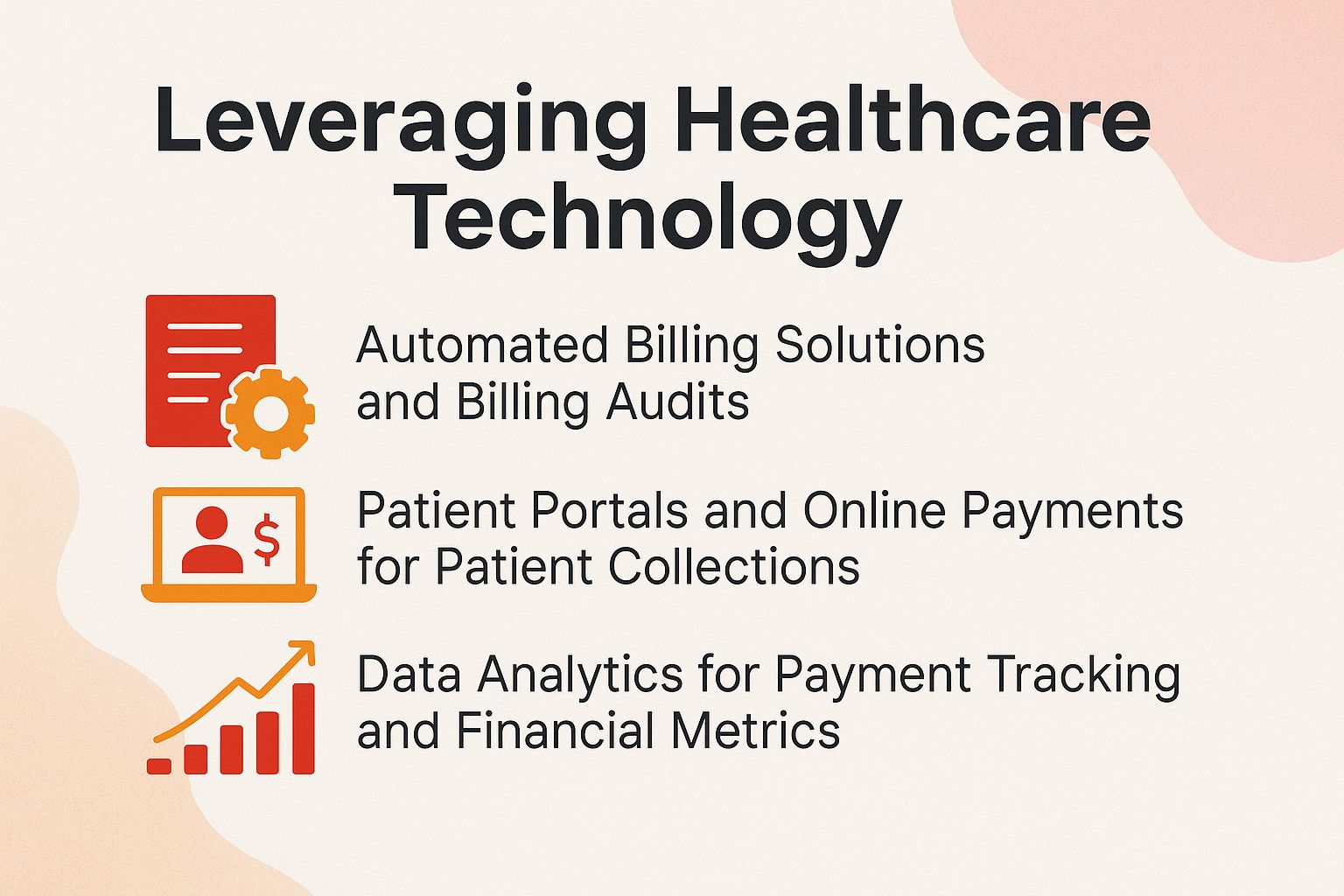
Using modern healthcare technology in billing increases accuracy, reduces administrative tasks, addresses payment processing, and makes sure payments are made on time in healthcare.
Automatic Billing Services and Billing Checks
Billing systems such as Zocdoc or SimplePractice can make billing quicker by taking care of tasks without manual input, which makes patient invoicing better and raises cash flow by 25%.
These tools tackle common payment delays resolution by including features such as patient alerts, direct submission of insurance claims, and online payment options.
For instance, Zocdoc sends notifications to remind clients of upcoming payments, reducing overdue accounts. SimplePractice improves cash flow by letting clients use credit cards for payments, which helps practices get money more quickly.
By using these features, healthcare providers can improve denial management, make their operations more efficient, and keep their finances in good shape.
Patient Portals and Online Payments for Patient Collections
Using patient portals can make online payments easier and help patients manage their bills, resulting in a 45% rise in on-time payments.
MyChart and NextGen, two top patient portal solutions, greatly improve how patients interact with their healthcare.
MyChart allows patients to view their invoices clearly and make secure payments directly via the app, streamlining the payment process. NextGen offers tools like payment alerts and online billing to help people make timely payments.
By prioritizing the integration of these tools into your practice’s workflow, you can improve financial outcomes and patient satisfaction. Investing time in implementing a user-friendly portal makes the payment experience seamless for patients.
Data Analytics for Payment Tracking and Financial Metrics
Using data analytics tools like Tableau or Microsoft Power BI for tracking payments and payment reconciliation can offer useful information that cuts delays by 30%.
To maximize efficiency, you can implement specific techniques such as creating dashboards that visualize payment trends over time.
For instance, categorizing payments by vendor can help identify bottlenecks in approval processes. Using tools like Google Analytics allows you to track transaction volumes and customer service behavior, highlighting peak payment times and potential fraud.
Regularly studying this data allows teams to change workflows, speeding up payment cycles and improving cash flow management.
Best Practices for Follow-Up and Account Management
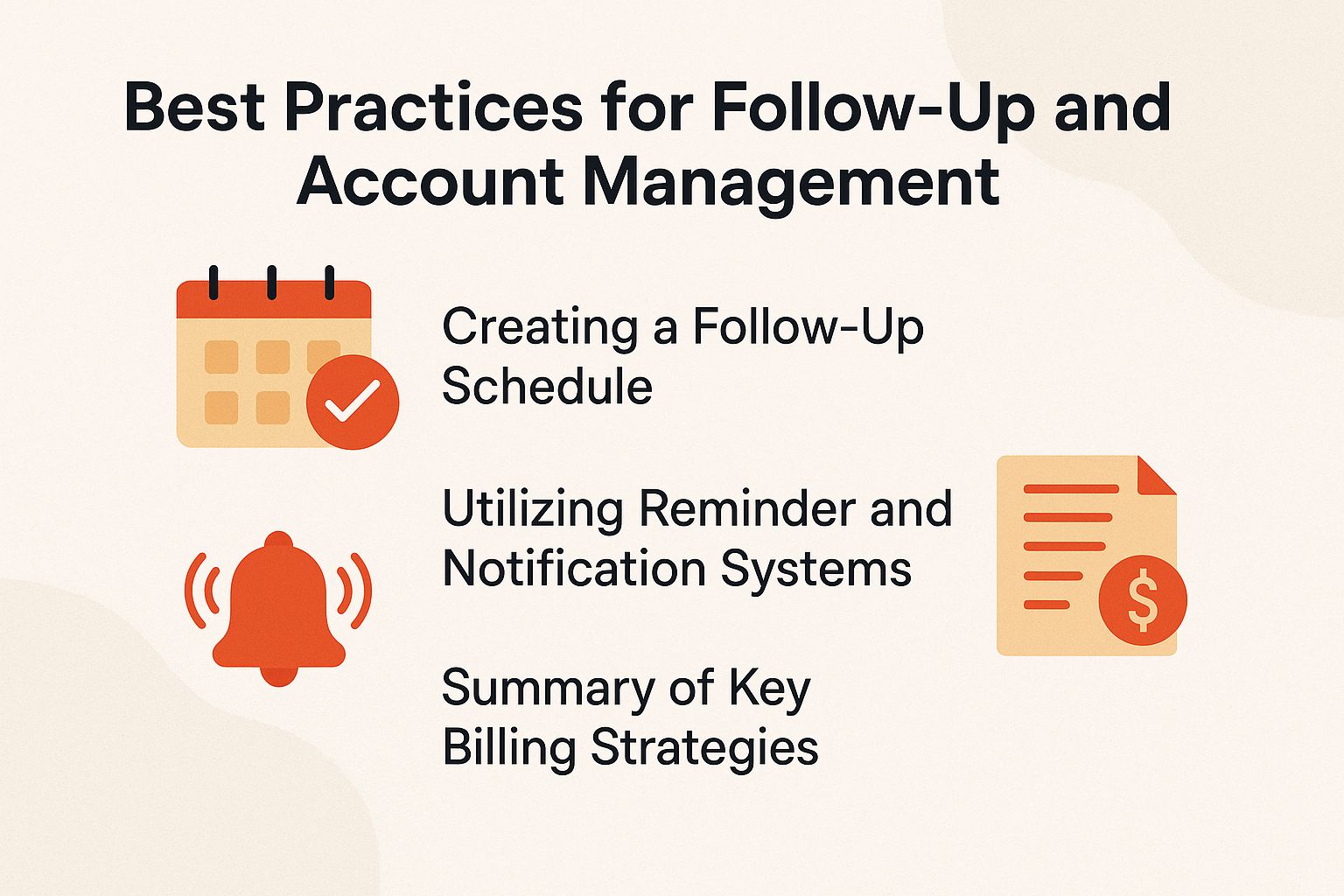
Creating good follow-up methods helps keep payment processes smooth and makes sure that accounts receivables are handled well.
Creating a Follow-Up Schedule
Setting up a clear follow-up schedule can improve collection efforts. Practices that reach out to patients within 30 days of a missed payment see a 20% increase in collections.
To implement an effective follow-up schedule, consider setting specific timelines for outreach. Start by reaching out to patients within a week of a missed payment; this quick action shows you care.
Follow up again at the 15-day mark, providing options for payment plans. A final reminder at 30 days reinforces urgency.
Tools like FollowUp.cc or Mailchimp can send these notifications automatically, helping with payment alerts and keeping in touch regularly. Many clinics have started using this method, which has resulted in better payment collection and closer connections with patients.
Utilizing Reminder Systems and Notification Systems
Using automatic reminder systems can improve payment authorization, helping patients understand their payment duties better, leading to a 25% drop in late payments.
Using tools like TextMagic can make this process easier. When you send SMS messages one day before payment is due, you gently remind patients.
This service allows you to customize messages and schedule them so that your alerts match your practice’s strategy. Using platforms like Mailchimp for email notifications can include patients who like to communicate through email. Using both channels increases reach, fixes payment delays, and reduces overdue accounts.
To make this work well, set up a way to send notifications automatically, track replies, and adjust how often reminders are sent based on patient feedback.
Summary of Key Billing Strategies
To sum up, strategies like better billing systems, improved patient communication, and using healthcare technology are essential for solving payment delays.
Each strategy interconnects to create a seamless experience. Start with easy-to-use billing systems like SimplePractice. It automatically manages invoices and payment notifications, improving financial reporting and cutting down on human errors.
Strengthening patient communication through tools like Twilio can help remind patients of payments due or upcoming appointments directly via text. Telehealth solutions make services more accessible, help with patient payments, and simplify the process for patients to receive care and pay bills promptly.
By implementing these strategies collectively, practices can significantly reduce payment delays and practice expenses, improve overall cash flow, and address billing compliance.
About the Author
I’m Amanda Anderson, a Stanford University graduate with a Bachelor of Corporate Communications and the owner of a successful medical billing company in Connecticut. With 12 years of experience in revenue cycle management and billing compliance, I help providers get paid faster and more efficiently through modern billing strategies and smarter technology. As a writer and editor for Medical Billing Service Review, I share insights to help healthcare professionals navigate billing with confidence.
Author: Mike Cynar
Mike Cynar brings buyers and sellers together by producing reviews and creating non biased webpages allowing users to share their experiences on various products and services. He and his staff write informative articles related to the medical field, legal, and other small business industries.
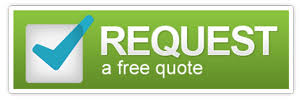
Leave a Reply